Feng Shui, or the Chinese method of arranging your environment, according to the system of laws of art and science, was developed 3000 years ago, and translates as “wind and water” in English. It is about making your home feel more comfortable and nurturing to the soul.
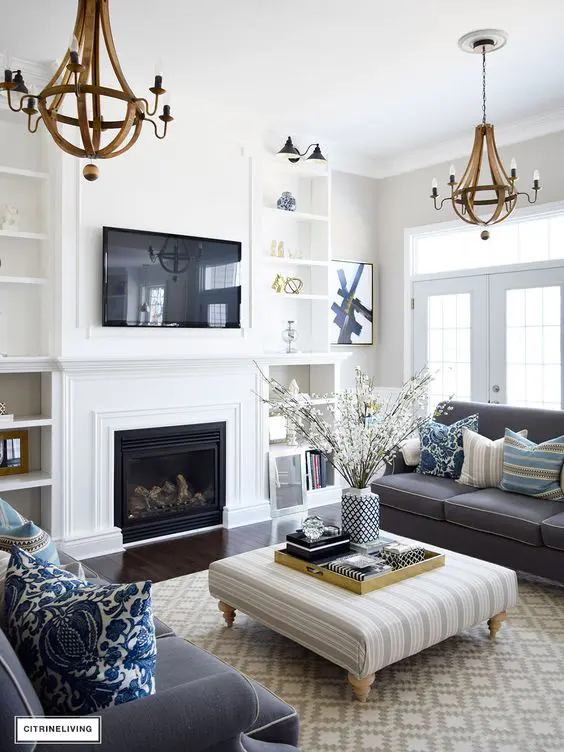
Designing your house according to the laws of the Feng Shui, is initially easy but gradually gets tougher. The theories of yin and yang as well as the five Feng Shui elements are the basic aspects of this method that come from Taoism.
To debar you from all such complications, and yet allow you to enjoy the benefits of the Feng Shui, we are ready with some tips for you to design your home according to these principles. Have a look!
Tips to Design Your Home According to Feng Shui Principles
1. Keep Your Surroundings Clean
The first and most important rule of this method is to keep your home and its surroundings clean and free from any clutter. Although it requires a lot of time and effort, but if properly done, it can lighten your load to a great extent.
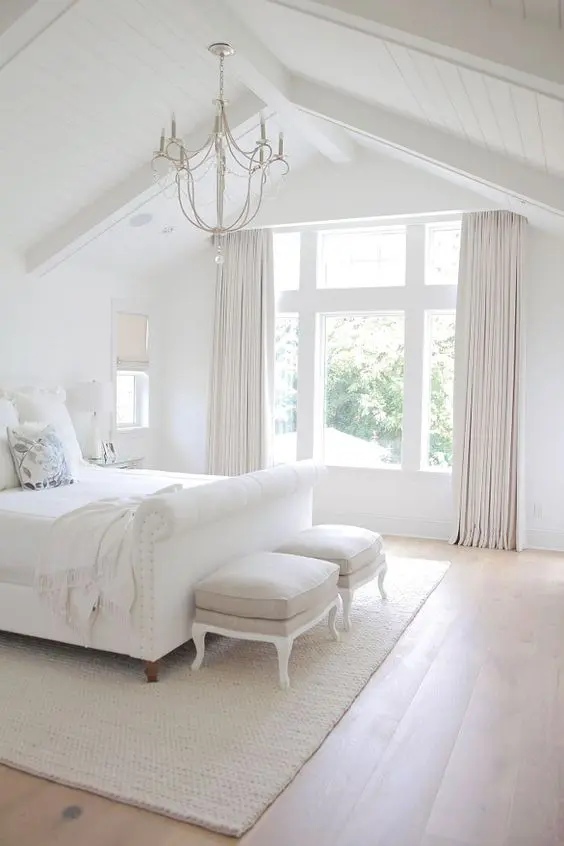
2. Design your House According To your Feng Shui Birth Element
To strictly follow this method in the arrangement of your house, finding out your birth element and using it is a must. There are five elements in Feng Shui – Fire, Water, Earth, Metal and Wood.
Each one of us has a predominant energy quality that we can support in a variety of ways in our home. Designing our home, according to this specific Feng Shui birth element, is one of the basic principles of this Chinese system.
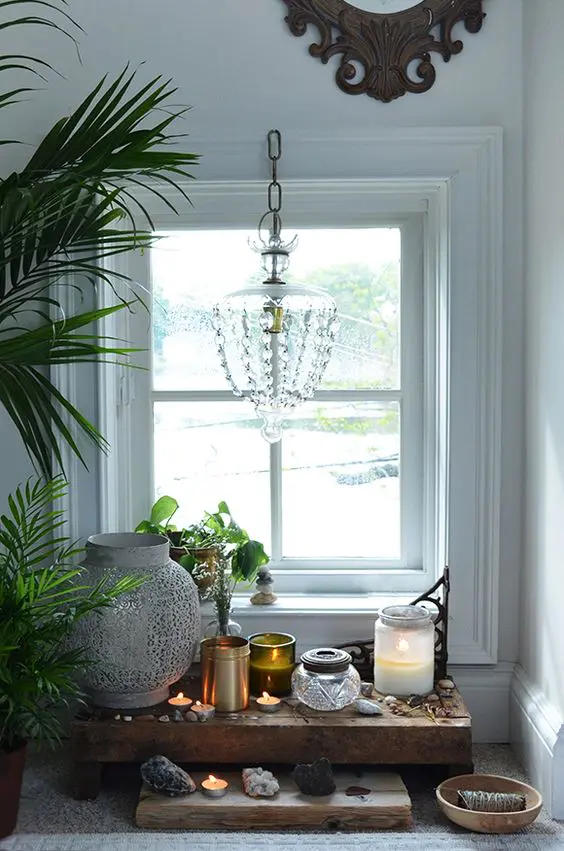
3. Follow Your Kua Number and Lucky Directions
This is basically followed so that you can get energized by your lucky Feng Shui directions everyday and there are positive vibes all around. For this, changing the position of your bed, desk, seats and dining area are recommended.
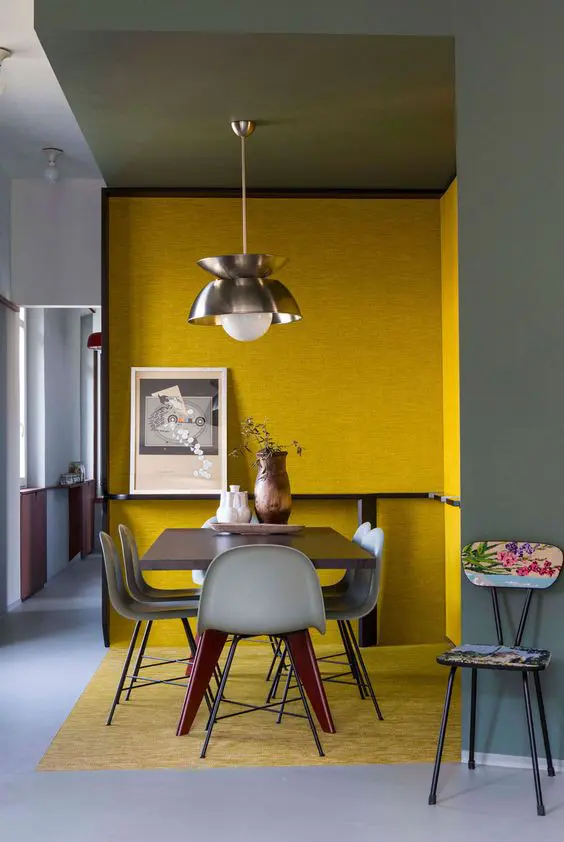
4. Have good Quality Air and Light
All the rooms of your house, especially the bedroom, should be well ventilated and have good quality air and light. Refreshing the air frequently by using plants or air-purifiers is necessary. Also, well lit rooms energize your mind and are therefore recommended.
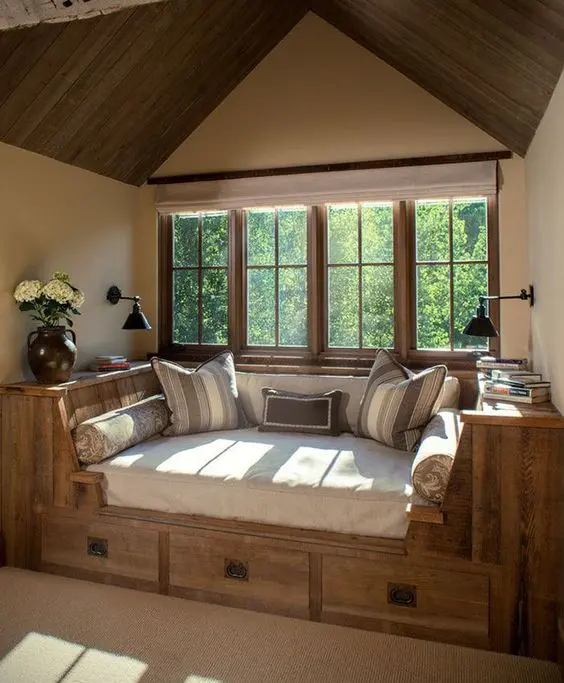
5. Colour of the Rooms
The Feng Shui philosophy says that the colour of the rooms affects people’s sensory perceptual system. According to it, light red and pink colour will inspire your loving life. Using dark red colour in your private space will make you more passionate.
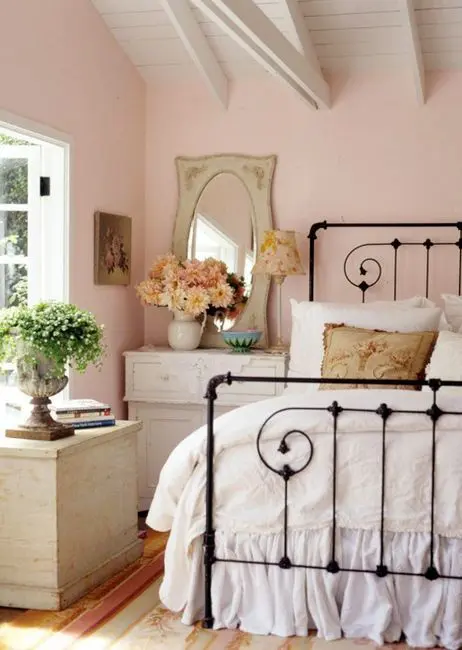
6. Define the Bagua
Bagua, or the Feng Shui energy map of the house is defined by using either of the two methods: The classical school Bagua or the BTB grid. It is one of the main Feng Shui tools used to analyse the energy quotient of any home.
Once you define Bagua, you’ll come to know which areas of your home are connected to which specific areas of your life. It therefore helps you decide the more important regions of your house and where you need to make the key changes.
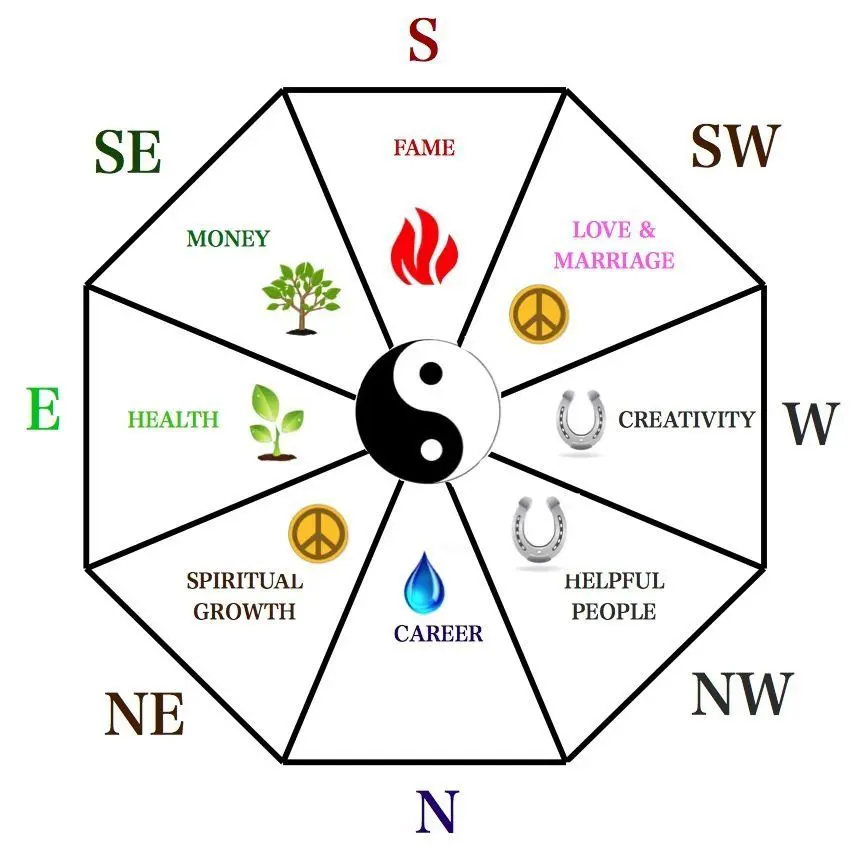
7. The Feng Shui Trinity
The trinity of the three Sacred Places are regions of vital importance. These regions are the Southwest, the Northeast and the Centre. The first two regions represent the male and female in a home as well as the yin and yang energies in every house, and when they are afflicted, the family has problems in some manner.
The central sector encompasses the trinity of health, wealth and happiness of relationships. The good shape of these 3 Sacred Places can make your life easier.
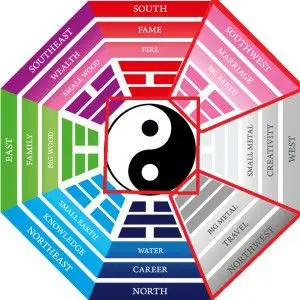
Thus, these were a few basic philosophies and recommendations of Feng Shui. These principles are one of the most renowned when it comes to house planning. Using them in your day-to-day life will make your life more prosperous and full of energy.
– Sakshi Singh





